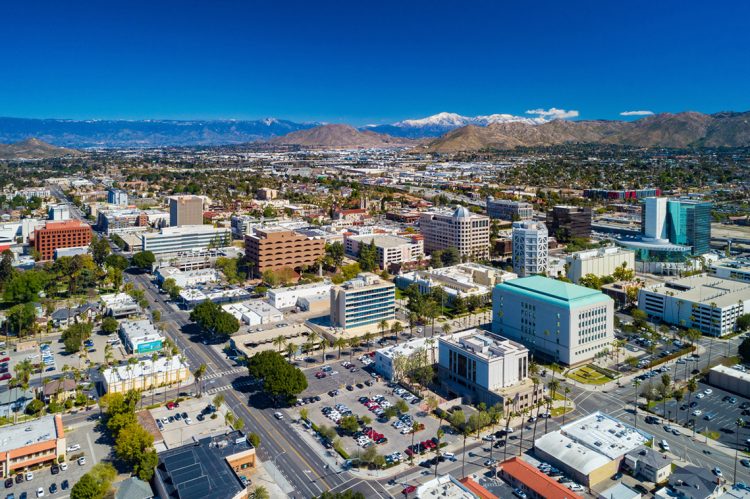The housing market had an insane year in 2022, and the rental market fell in tandem with the chaos. As housing prices rose, so did rent. Now, as 2023 kicks off, experts at Realtor.com say rent prices look like they could be finally coming down.
As of November, a new Realtor.com report found that rental prices in nine of the 50 largest metropolitan areas are showing year-over-year declines. That’s up from seven of the 50 largest metros just one month prior, as the national rental market correction continues. And for the metros that already saw rents turning south before November, prices dropped below October prices.
Here are the nine metros where rent prices are down compared to last year:
- Riverside, California clocked in first at a median November 2022 rent of $2,071, which translated to a year-over-year rent change of -5.5%. Riverside’s appeal is that it’s much cheaper than neighboring Los Angeles, where median rents were $2,864, and San Diego, at $2,784 in November. However, it’s still the most expensive metro on this list.
- Second is Las Vegas, Nevada with a median rent of $1,481 and a YoY change of -4.9%, up from the -3% change from the previous month.
- Sacramento, California follows in third with a median rent of $1,838 and a -4.8% YoY change. Many newly remote workers left the pricey Bay Area and moved to Sacramento, where real estate prices and the cost of living were significantly lower. That drove up rent prices here, but now that the influx of new residents is ebbing and locals are getting priced out, prices have begun coming back to earth.
- New Orleans, Louisiana falls in fourth with a median rent of $1,371 and a -2.8% YoY change. The declines might be due to the city extending its ban on short-term rentals, such as homes listed on Airbnb, last year. Many of these homes could be put back on the market as rentals or sold to buyers who plan to live in them.
- Fifth is Phoenix, Arizona with a median rent of $1,600 and a YoY change of -2%. As mortgage interest rates spiked, investors and homebuyers have since backed off in Phoenix, as many were priced out. Now the slowdown has extended into the sprawling metropolitan area’s rental market.
- Sixth is Atlanta, Georgia with a median rent of $1,689 and a -1.8% YoY change. Atlanta stands out for having the priciest studio rents on the list, even though overall rent prices there are in the middle of the pack otherwise, reflecting the continued high demand for dense housing in the metro area’s urban core.
- Following in seventh is Tampa, Florida with a median rent of $1,783 and a YoY change of -1.8%. For about the average Tampa rent price, someone can get a relatively new apartment with modern amenities in the city’s historic Ybor City neighborhood.
- Jacksonville, Florida is eighth with a median rent of $1,454 and a -0.8% YoY change. Jacksonville is relatively affordable, compared with other metro areas on the list, and it became a hot spot for new residents during the pandemic. But the turn from positive to negative rent price growth could indicate overall cooling for the area’s housing market.
- Lastly, in ninth is Austin, Texas with a median rent of $1,656 and a -0.6% YoY change. Austin was emblematic of the pandemic era’s massive migration toward sunnier and less expensive cities. And, as a result, prices skyrocketed. But for the first time in at least 20 months, Austin’s rent prices are now headed down.
Major takeaway:
“Finally, the steady drumbeat of steep and often untenable increases in leases across the U.S. is slowing, and rents have even begun falling in many of the nation’s hottest real estate markets. Those declining prices are welcome news for renters who have been through the wringer,” said Evan Wyloge, data journalist at Realtor.com and author of the report. “Rental prices have risen more than 20% over the past three years—while their earnings increased by only about 10%, according to Realtor.com® and U.S. Census Bureau data.”
Wyloge added that “The places where rents are falling most are America’s Sun Belt cities, in the West and the South, where the climate is warmer and, in many cases, housing has traditionally been more affordable.”
“People started to move back to big cities,” said Realtor.com economist Jiayi Xu. “During the pandemic, people were moving to the Sun Belt areas like Florida. Now, when we look at data from Boston and Chicago, demand there is up.”
For the full report, click here.












